In early 2025, the National Center for Education Statistics quietly announced a new record: 7.9 million public school students were identified with a disability under the Individuals with Disabilities Education Act (IDEA). The new data capped off a decades-long trend towards increasing numbers of children being identified with disabilities and swept up into special education programs under the promise that doing so will provide students access to the support they need.
In this essay, we uncover the unexpected roots of these statistics. Using a newly curated dataset that tracks longitudinal trends in special education identification across states, we explore why more children are being identified for special education than in the past. We show that special education has become the stopgap for a public education system never designed to succeed at its core mission: to prepare every young person, regardless of circumstance, for a future of their choosing. While the expansion of special education has undoubtedly provided valuable support to some struggling students, millions of others remain underserved in general education classrooms, even as special education consumes ever larger shares of education budgets. Addressing these challenges, we argue, necessitates rethinking the education delivery itself.





